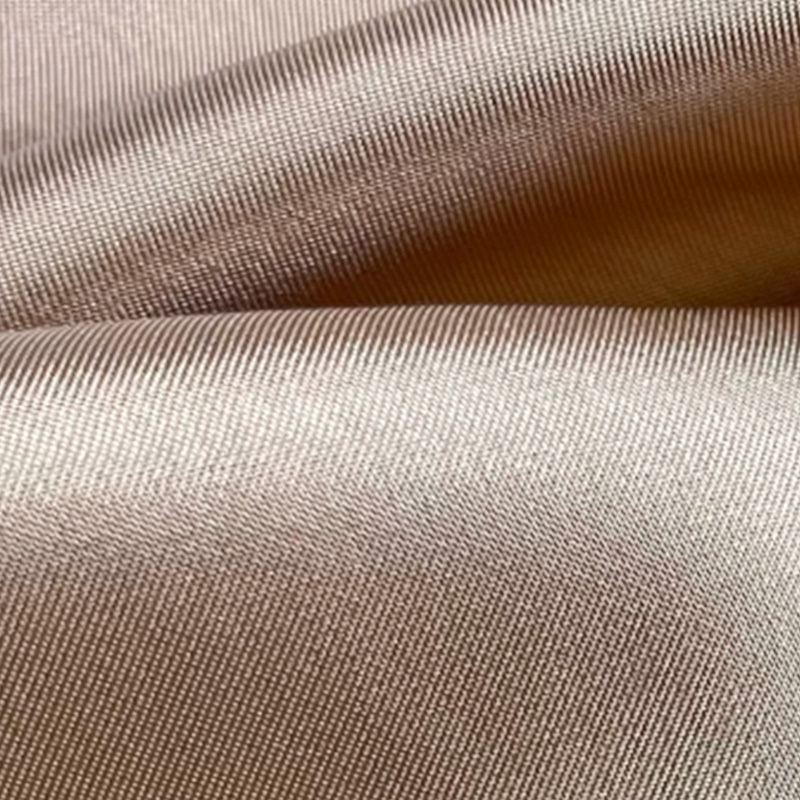How has the adoption of Naia™ acetate fiber evolved across luxury, athleisure, and fast fashion segments?
The adoption of Naia™ acetate fiber has evolved notably across the luxury, athleisure, and fast fashion segments, reflecting broader industry trends toward sustainability, performance, and versatility:
1. Luxury Segment
Early Adoption & Brand Alignment: Luxury brands were among the earlier adopters of Naia™ fiber due to its premium feel, silky luster, and low environmental impact. These attributes align with luxury's push toward sustainable innovation without compromising on aesthetic and tactile quality.
Notable Use Cases:
Integrated into eveningwear, blouses, and linings where both drape and sustainability are priorities.
Brands like Gabriela Hearst and Stella McCartney have showcased similar cellulosic fibers, paving the way for Naia™ in luxury circles.
2. Athleisure Segment
Growing Appeal for Comfort + Sustainability: Athleisure brands have embraced Naia™ for its breathability, moisture management, and skin-friendliness — ideal for garments designed for movement and all-day wear.
Blending Innovation:
Frequently blended with spandex, polyester, or TENCEL™ to improve stretch and durability.
Appears in products like soft base layers, stretch tops, and hybrid casualwear that bridge comfort and performance.
Consumer Drivers: Health- and eco-conscious consumers push brands toward closed-loop, responsibly sourced materials like Naia™.

3. Fast Fashion Segment
Recent Uptake Driven by Regulations & Trends: Fast fashion players are now incorporating Naia™ to meet sustainability targets and regulatory pressure from the EU and global watchdogs.
Low-impact Dyeing & Scalability:
Naia™'s compatibility with conventional dyeing and processing makes it easier for fast fashion supply chains to adopt.
It enables brands to scale eco-friendly collections quickly without overhauling their infrastructure.
Examples: Brands like H&M Conscious Collection and Zara Join Life have begun exploring or integrating similar sustainable fibers, and Naia™ is increasingly featured in mass-market blouses, dresses, and innerwear.
Key Adoption Drivers Across All Segments:
Circularity: Naia™ Renew, made from 60% wood pulp and 40% certified recycled waste, has accelerated interest.
Certifications: Backed by OEKO-TEX®, TÜV AUSTRIA, and certified compostability, giving brands a credible sustainability narrative.
Soft Handfeel & Drapability: Attractive for both formalwear and casualwear markets.


 中文简体
中文简体 Français
Français Deutsch
Deutsch italiano
italiano
 previous post
previous post






















